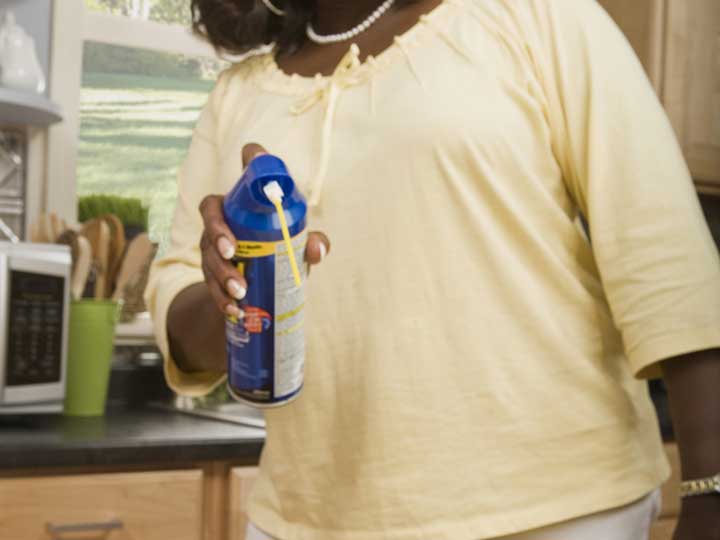-
Tips for becoming a good boxer - November 6, 2020
-
7 expert tips for making your hens night a memorable one - November 6, 2020
-
5 reasons to host your Christmas party on a cruise boat - November 6, 2020
-
What to do when you’re charged with a crime - November 6, 2020
-
Should you get one or multiple dogs? Here’s all you need to know - November 3, 2020
-
A Guide: How to Build Your Very Own Magic Mirror - February 14, 2019
-
Our Top Inspirational Baseball Stars - November 24, 2018
-
Five Tech Tools That Will Help You Turn Your Blog into a Business - November 24, 2018
-
How to Indulge on Vacation without Expanding Your Waist - November 9, 2018
-
5 Strategies for Businesses to Appeal to Today’s Increasingly Mobile-Crazed Customers - November 9, 2018
The Childhood cancers linked to in-home pesticide use
Children who were exposed to indoor-based pesticides appear to have a higher risk of developing leukemia and lymphoma, according to a small meta-analysis on 16 observational studies examining pesticide exposure and childhood cancer.
Advertisement
Of the children examined in their analysis of the various studies, the researchers found that the kids who had been exposed to indoor insecticides were 43 percent more likely to be diagnosed during their adolescence with lymphoma and 47 percent more likely to be diagnosed with childhood leukemia.
“Remember that pesticides are designed and manufactured to kill organisms”, said study author Chensheng Lu, of Harvard T.H. Chan School of Public Health in Boston, Massachusetts.
Because the use of pesticides is increasing, “public health policies should be developed to minimize childhood exposure to pesticides in the home”, the researchers wrote in the new analysis.
Exposure to residential indoor insecticides – but not outdoor insecticides – was strongly associated with an increased risk of childhood cancers.
If the pests have already taken over, try non-chemical means first to wipe them out, such as using diatomaceous earth, a powder made from fossilized earth that dries out insect exoskeletons, Lu said. The number of children whose disease can be traced to indoor pesticide use is very, very small indeed.
“We think most cancers in children are due to chance”, said Khatib, who was not involved in the study. Additional studies could help to determine the nature of the link between these chemicals and the risk of cancer in children.
“There are not many studies (and) we hope that by publishing this paper we will encourage more scientists to conduct more research”, Lu said.
Exposure to all home pesticides yielded similar results. “Pesticides play a role in acute and chronic health problems depending on the level of exposure”, Lu said.
Cancer in children is rare, but it is the leading cause of death by disease past infancy among children in the United States.
Childhood leukemia is the most common cancer in children, which account for nearly one out of three cancers.
In August, after a termite fumigation of a home in Florida a 10-year-old boy suffered brain damage.
These include removing sources of food and water before spraying, always reading the labels and following instructions, not using more than instructed, wearing gloves and clothing that fully covers the body and removing children, toys and pets from the area until the pesticide has dried. In March, a Delaware family vacationing on St. John in the U.S. Virgin Islands, fell ill after a suspected pesticide exposure.
Advertisement
Researchers concluded that cancer risks are related to the type of pesticides used and the location of application during childhood. The findings were reported on line on September 14, and in the October print issue of Pediatrics. “Talk to schools … about using non-pesticide treatment for pest controls”.





























